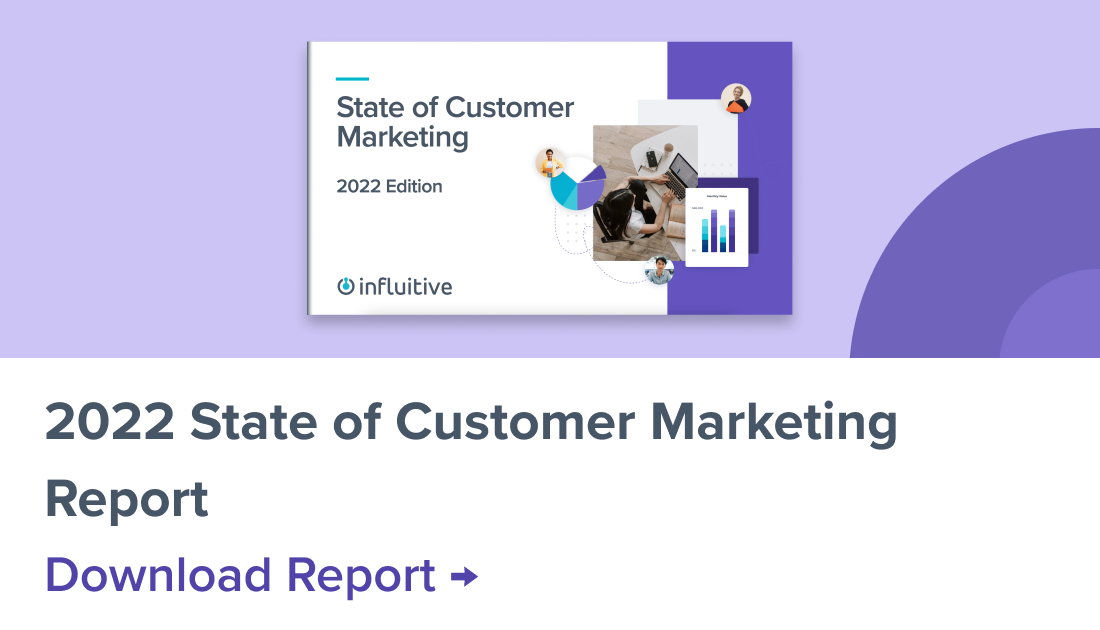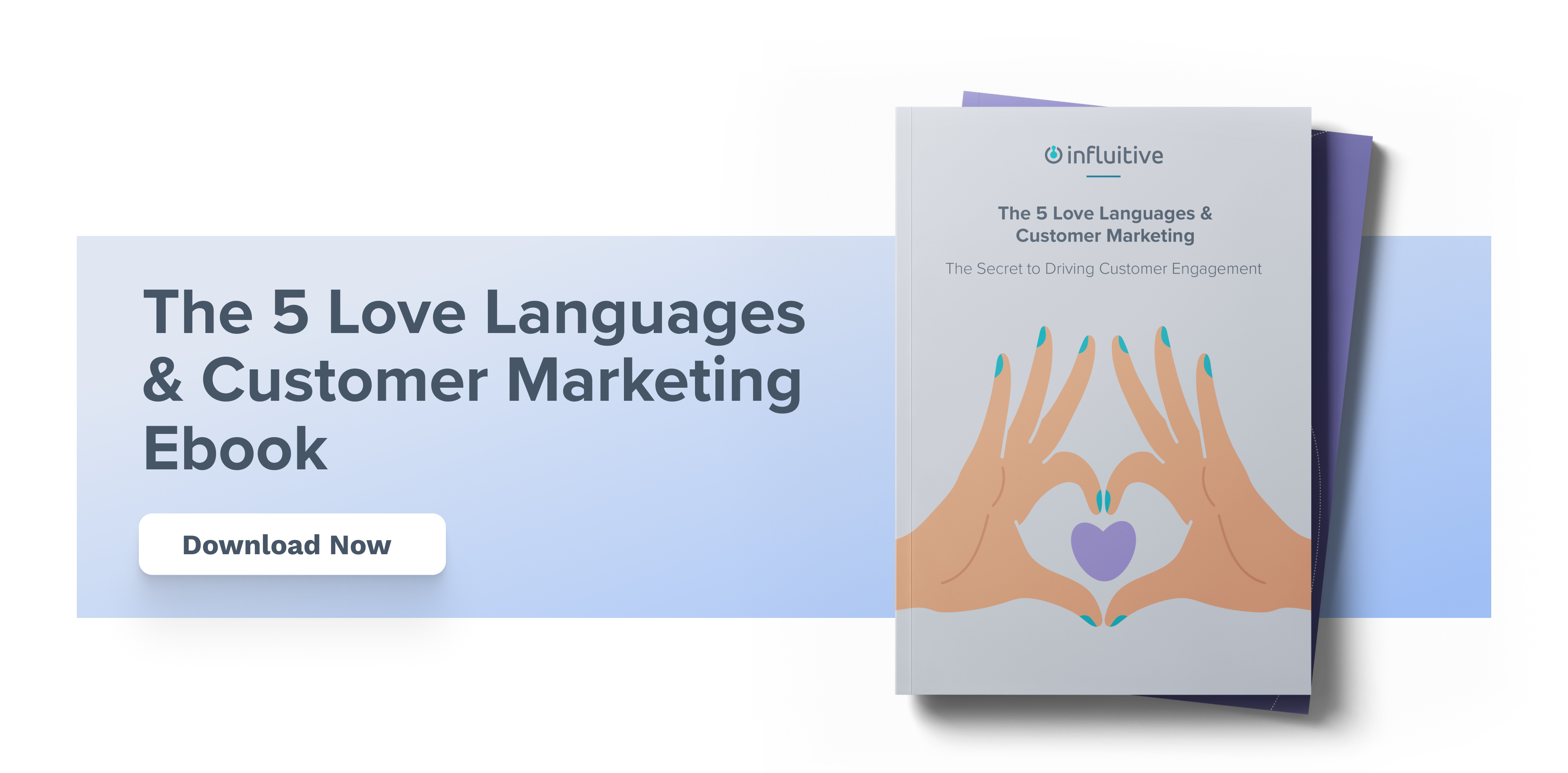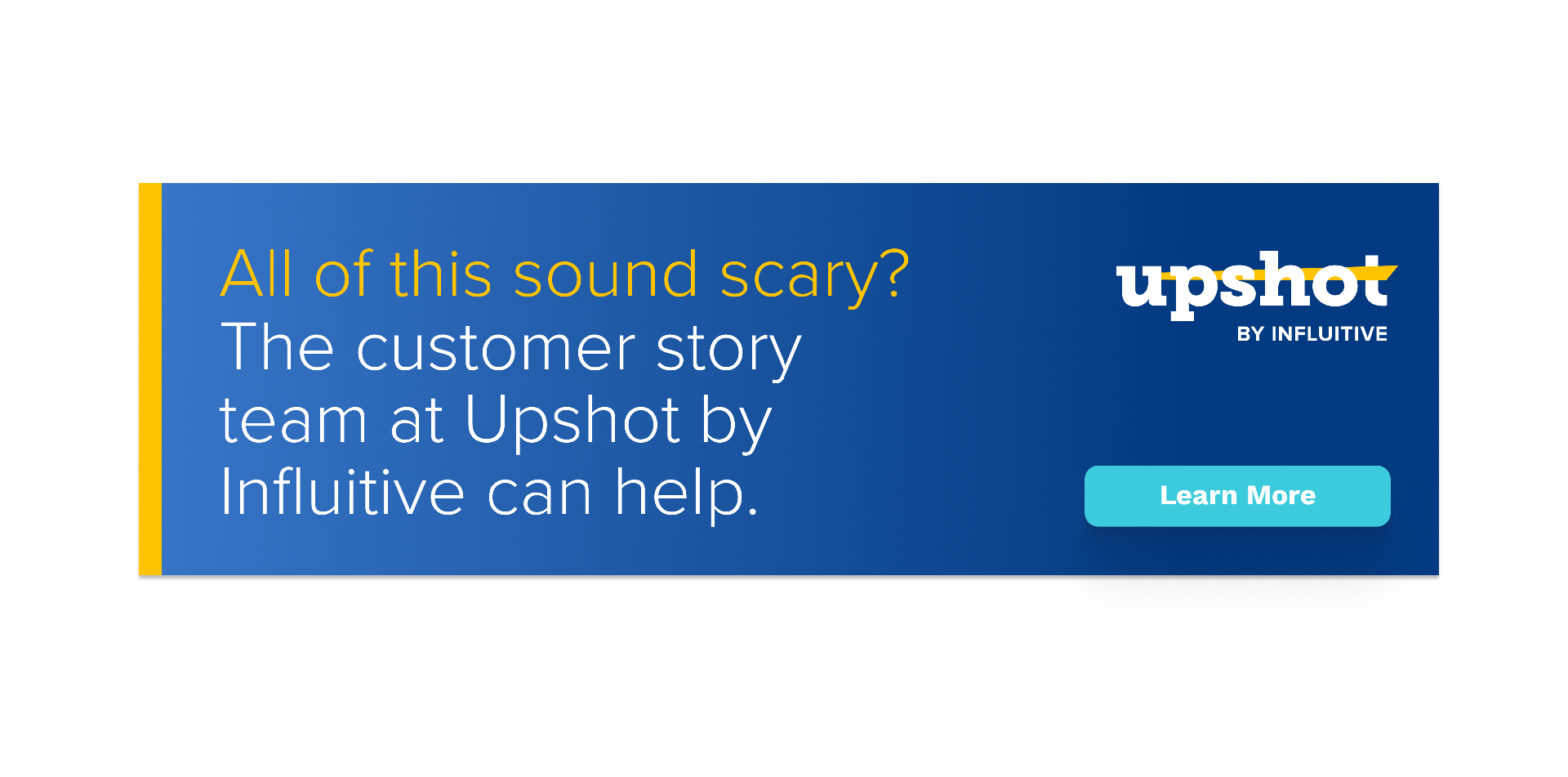By now, you should know the value of listening to your customer’s voice. But when it comes to customer success stories, you need to do more than just listen; you should find ways to amplify their message by sharing their successes.
The highest-quality customer success stories are written from your customer’s experience and perspective because readers want to hear from your customer, not you.
It’s not about your product or service. What you offer are the tools, but your customer is the protagonist of the story who uses those tools. As my colleague Ari Hoffman (VP of Customer Marketing and Advocacy at Influitive) said, “No one talks about Luke Skywalker’s lightsaber; they talk about Luke!” If we go with that analogy, you’re the lightsaber, but your customer is the Jedi.
The conventional case study is dead. We now need to build narratives that focus on customers as well as connect with and deliver emotional impacts to the reader. It’s time to stop looking at it as just another piece of content, but as a deep, narrative-driven story.
What Makes Strong Customer Success Stories?
Not all first-person customer stories are created equal. You might only have one piece of the puzzle (a great customer, a great story, or great writing), so the overall effect falls flat. In other cases, everything comes together to create a compelling customer success story that leaps off the screen and stays with the reader.
In my role at Upshot, I’ve worked on over 500 customer stories, so I’ve seen some real standouts. And, like all good writing, we’re here to show, not tell. So come with us as we walk through why these 8 customer success stories show what readers want to see.
8 Customer Success Story Examples We Love
1. Solving Real Problems

This story identifies a relatable problem—who doesn’t struggle with email security, amirite?—and puts readers on the author’s side right away.
We also read about a cybersecurity attack early on, which lends credibility to the author; he has been through A Bad Thing and knows the stakes.
During this How-To story, the author clearly outlines how their company bolstered email security and is honest about the false start they took at the beginning of their journey.
It’s easy for anyone to read regardless of their level of expertise, which is a breath of fresh air for IT-related success stories.
2. Disproving Wrong Assumptions

This story highlights an unconventional use case. Sometimes prospective customers won’t even reach out to a company if they even assume the solution won’t work for them, and that is especially true for small organizations that desire enterprise solutions.
This story tackles and disproves that assumption. There’s also a suspenseful anecdote in the middle of the story that moves the narrative forward while describing stellar customer service and support.
3. Leveraging a Strong Customer Voice

This piece has a strong customer voice. The author also offers a fresh perspective on a world that many people touch (wine) and exposes an element of that world that not many people see (data).
4. Being Deeply Personal

This story works on so many levels.
It’s deeply personal and not in a TMI way! The customer brings themself into the story, and it’s always more engaging when a story begins from a personal perspective compared to using more general statements.
There are also a lot of specific examples of the solution in action and details around implementation, all of which offer great value to the reader.
5. Highlighting Relatable Problems and Familiar Solutions

Again, this story highlights a familiar solution and a relatable problem, but it also demonstrates how the solution helps a small business punch far above its weight.
And let’s not underestimate the power of images! The format of this story allows for bold visuals that bring the story to life.
6. Speaking Directly to the Reader – and Mobilizing Action

I know, I know, another cybersecurity story. But subject aside, this story works because the entire piece is a call to action that speaks directly to the reader. “Hey you! Stop making excuses and improve security with this partner!” Hard to ignore that.
7. Building a Strong Personal Connection

In addition to the contributor’s strong personal connection to the subject, they clearly outline their customer journey using a consistent theme.
In the end, the story isn’t just about a solution; it’s about how the company uses the solution to achieve something bigger and better than they could without it. Powerful stuff.
8. Narrating a Story Using Data-Driven Proofs

This story has both concrete numbers and the impact of those numbers. Sometimes it’s hard to make those connections, but the contributor clearly draws that line.
How to Create Inspiring Customer Success Stories
Reading through these stories (and if you haven’t, you should), you’ll notice that they’re all from different companies across different industries in different parts of the world.
And even though we’ve highlighted some of the strengths of individual stories above, they also share some commonalities:
1. A Compelling Narrative
Just because a customer uses and is happy with a product or solution DOES NOT mean they’re going to have a good story to tell. Even stories of happy customers can be as dull as watching paint dry. Think of familiar brand names and outside-the-box or unexpected use cases that will grab the reader’s attention.
2. A Personable Contributor
As much as you should want to highlight your company, the individual customer voice is what sets the success story apart from the rest. When someone knows the message they want to convey and feels strongly about their journey, their enthusiasm reads differently than any other marketing asset. It is also more credible and will cut through the noise.
3. Real-Life, Relatable Examples
Everyone loves numbers because they make a situation clear and easy to understand.
But sometimes outcomes and results aren’t always quantifiable, and strong customer stories can demonstrate even the intangible outcomes, such as improved collaboration, efficiency, or satisfaction. Anecdotes often make the story more impactful on a personal level, too.
Consumers crave authentic material, so companies have to think of customer success stories differently. Follow these tips, and you can create more impactful pieces to share with your audience.
Don’t know where to start? Not sure if you can do it alone? The team at Upshot by Influitive can help.












































